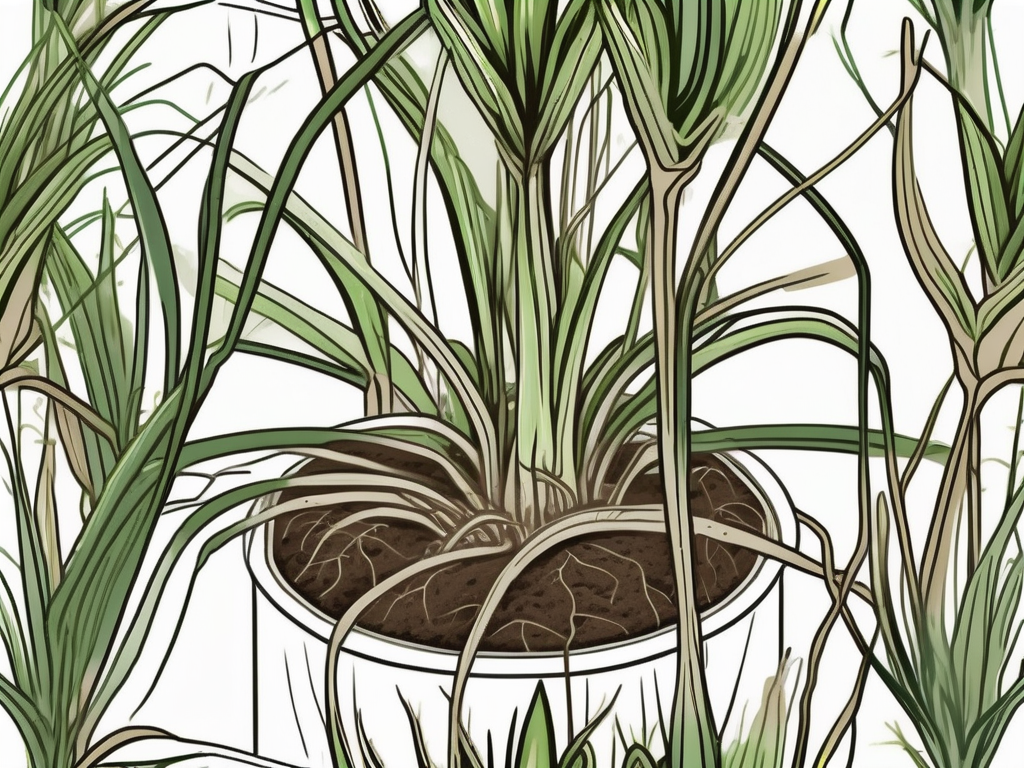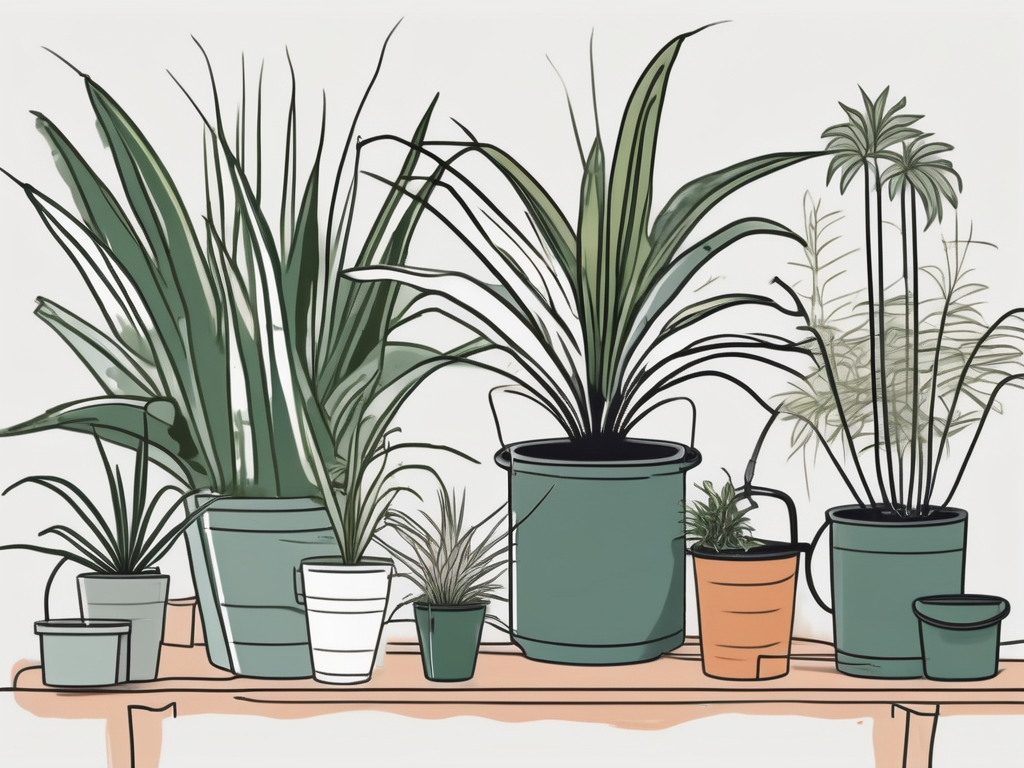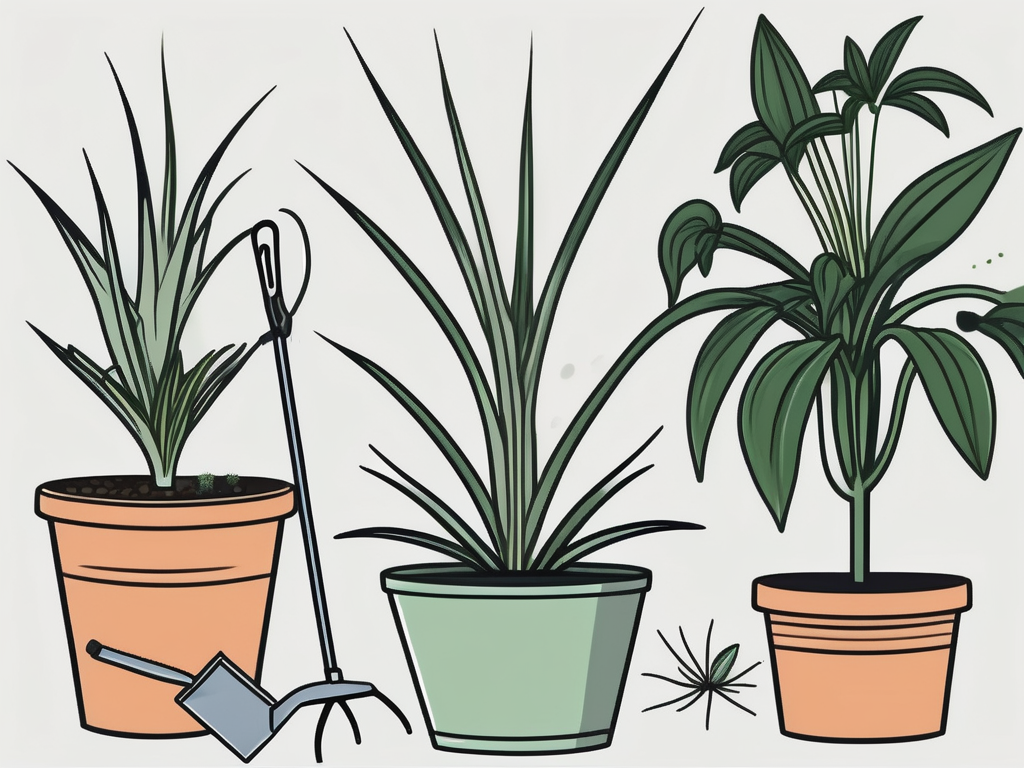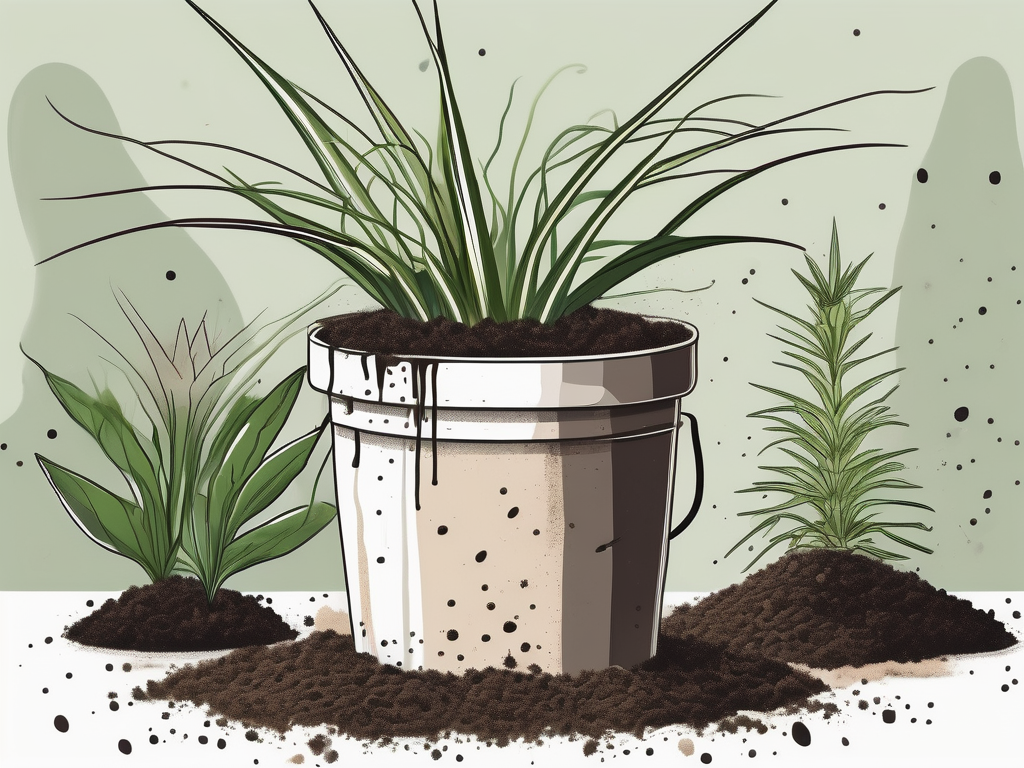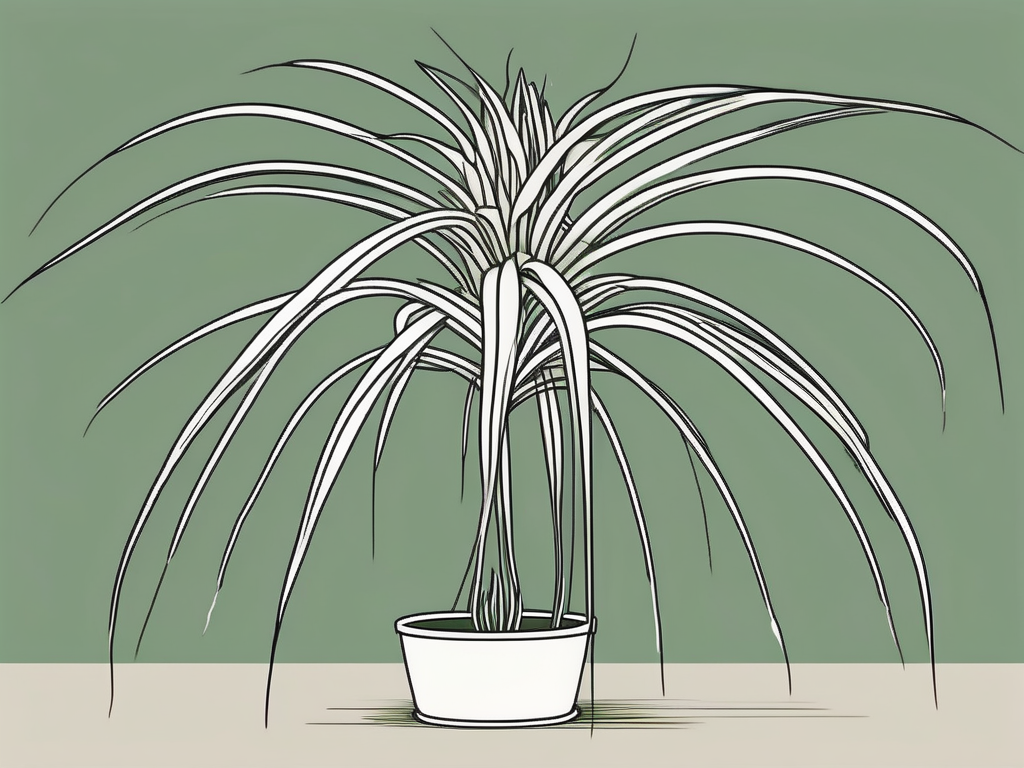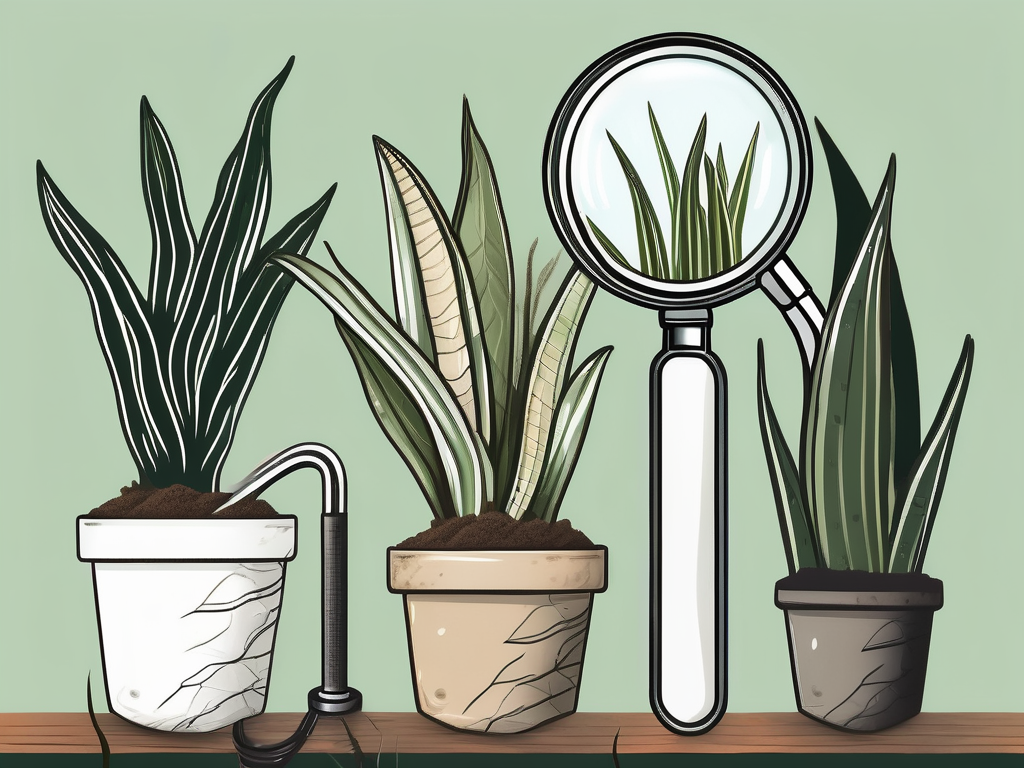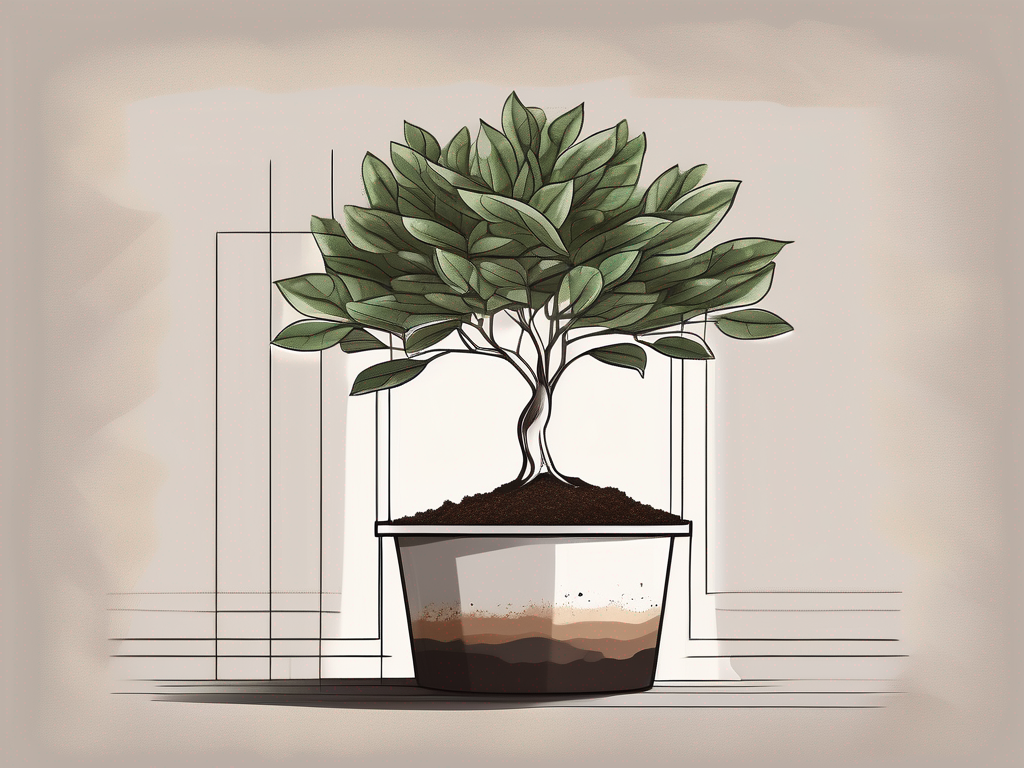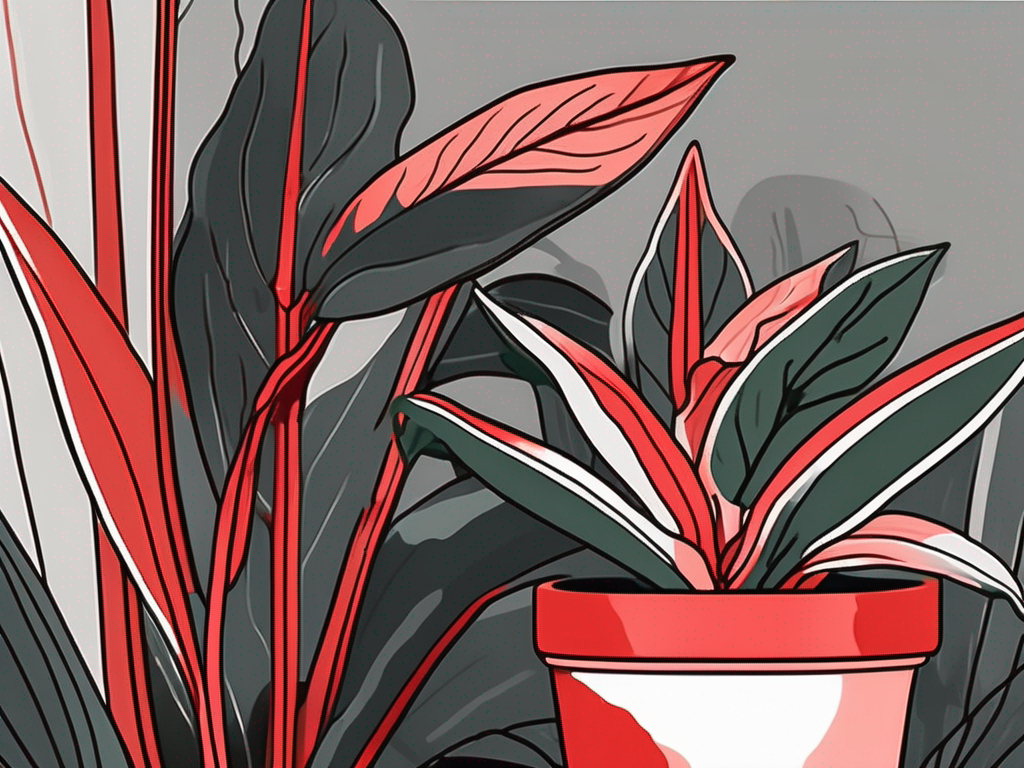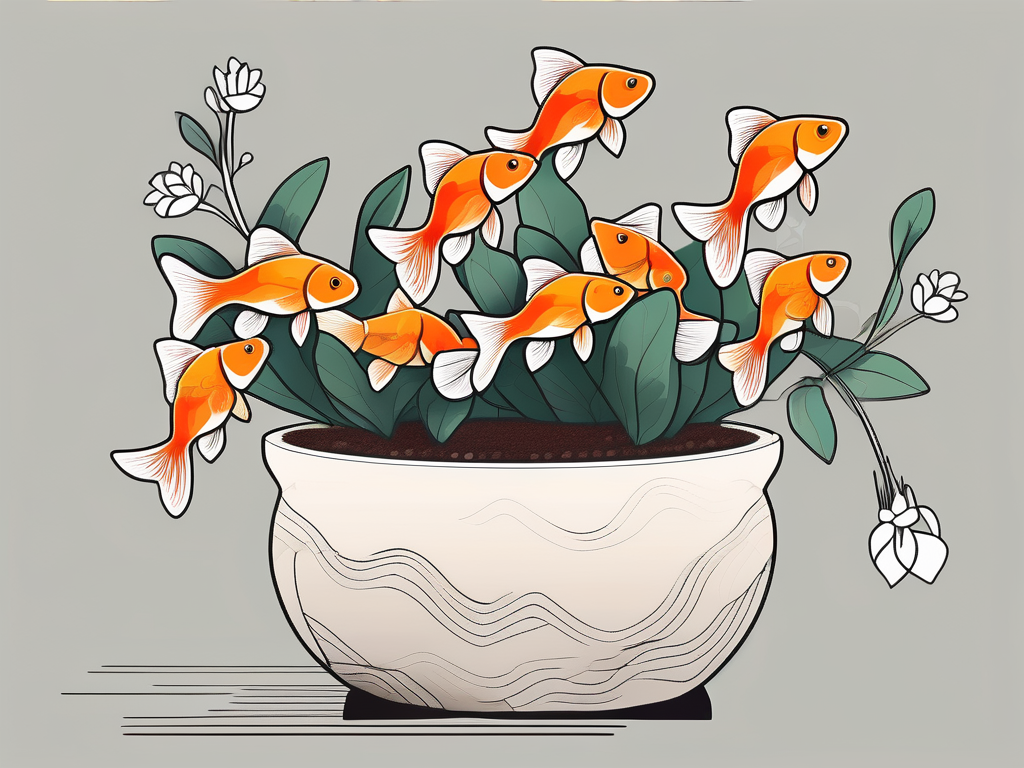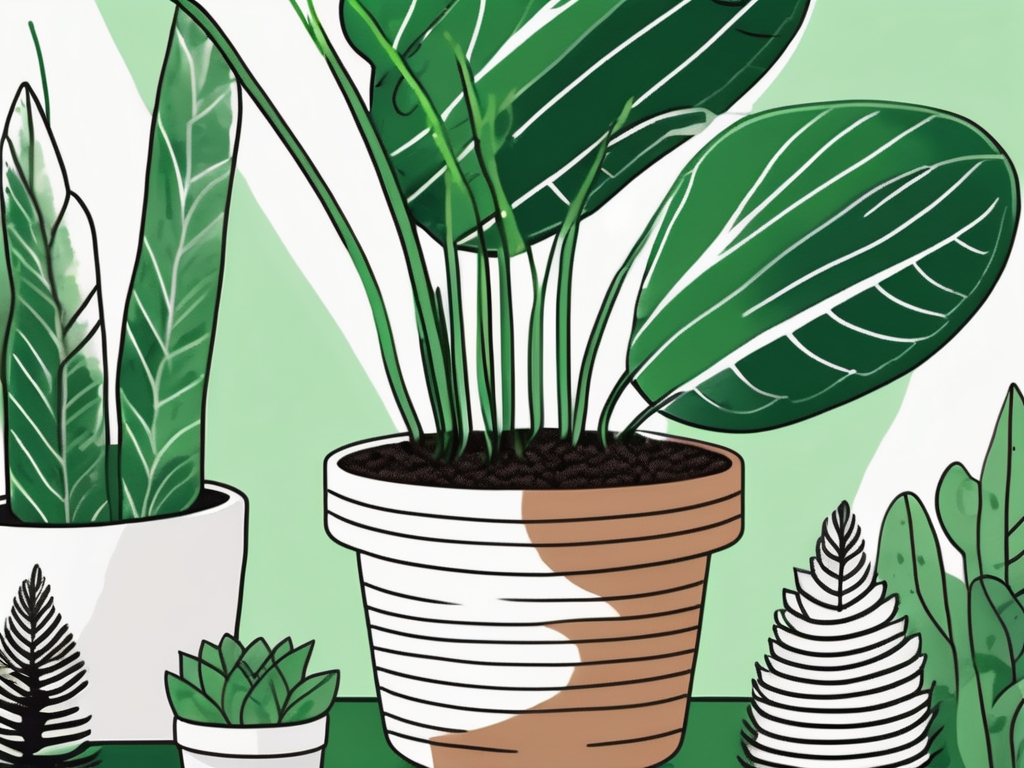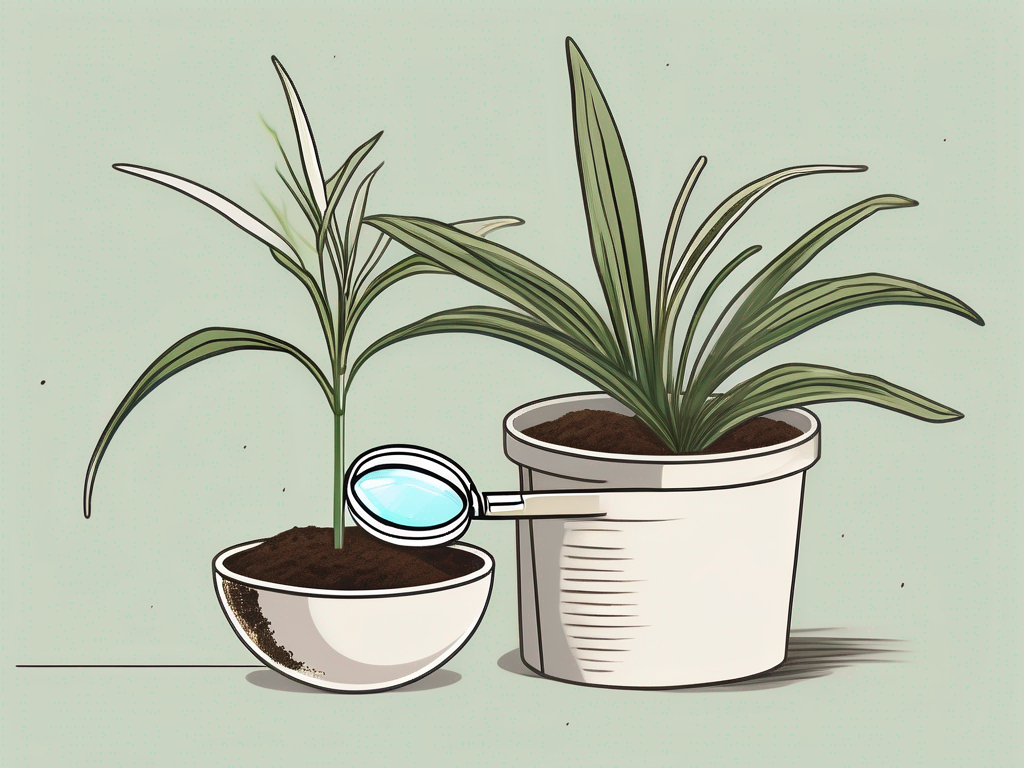
Spider plants are a beloved staple for many plant lovers, known for their resilience and ability to thrive in a variety of conditions. If you're looking to cultivate a healthy, vibrant spider plant, understanding the soil that suits it best is crucial.
This article will guide you through the essentials of choosing and preparing the right soil for your spider plant. We'll cover everything from soil composition and drainage to tips on enhancing soil quality and avoiding common pitfalls. Let's get started on helping your spider plant flourish!
Understanding Spider Plant Needs
Before we dig into the soil specifics, it's worth taking a moment to understand what makes spider plants tick. These plants, native to South Africa, are remarkably adaptable. They thrive in a variety of environments but have a few basic needs that, if met, ensure they grow strong and healthy.
Spider plants prefer indirect light and can tolerate lower light conditions, making them perfect for indoor spaces. They're not too fussy about humidity but do appreciate a bit more moisture in the air, especially during dry seasons. And while they can handle some neglect, like all plants, they do best with consistent care.
Their resilience is partly due to their tuberous roots, which store water and nutrients. This means that while they can withstand a bit of drought, they don't like to sit in water. Hence, the importance of choosing the right soil that provides good drainage while retaining enough moisture.
Components of Ideal Spider Plant Soil
When it comes to potting soil for spider plants, you're looking for a balance between well-draining and moisture-retentive material. Understanding the basic components of an ideal soil mix can give you a head start in preparing or choosing the right one.
- Peat Moss or Coco Coir: These materials are excellent for retaining moisture without becoming waterlogged. Peat moss is more traditional, but coco coir is a sustainable alternative.
- Perlite or Pumice: These help with aeration and drainage, preventing the soil from becoming compacted and ensuring the roots have access to air.
- Sand: A small amount can improve drainage further, though too much can dry out the soil quickly.
- Compost: Adding compost can provide nutrients and improve soil structure, supporting healthy growth.
A typical spider plant soil mix might be something like two parts peat moss or coco coir, one part perlite, and one part compost. Feel free to adjust based on your plant's specific needs and environmental conditions.
Importance of Drainage
Drainage is a crucial factor in keeping your spider plant healthy. These plants are susceptible to root rot, a condition that occurs when waterlogged soil deprives the roots of oxygen, leading to decay.
To enhance drainage, ensure your pot has adequate drainage holes. The soil mix should also be loose and airy, allowing excess water to flow out easily. You can test your soil's drainage by watering the plant and seeing how quickly the water escapes from the pot's bottom. If it's pooling on the surface for too long, your mix might need more perlite or sand.
Remember, while drainage is vital, you don't want the soil to dry out too quickly either. It's all about finding that perfect balance. A well-drained soil that retains some moisture will keep your spider plant thriving.
DIY Spider Plant Soil Recipe
If you're a DIY enthusiast, making your own spider plant soil mix can be both rewarding and cost-effective. Plus, it allows you to customize the mix precisely to your plant's needs.
Here’s a simple recipe you can try:
- 2 parts coco coir or peat moss
- 1 part perlite or pumice
- 1 part compost
- Optional: A handful of sand for extra drainage
Mix these components thoroughly in a large container. Make sure everything is well-blended, with no large clumps. This mix should provide a good balance of moisture retention and drainage.
If you're using peat moss, remember it can be quite acidic, so you might want to add a bit of lime to balance the pH. Spider plants prefer a slightly acidic to neutral pH, around 6.0 to 7.0.
Store-Bought Potting Mix vs. DIY
Choosing between a store-bought potting mix and a homemade one can be a tough decision. Each option has its pros and cons, and the best choice often depends on your personal preferences and specific plant needs.
Store-Bought Potting Mix:
- Convenience: Ready to use right out of the bag, saving you time and effort.
- Consistency: Commercial mixes are usually well-formulated for general plant health.
- Cost: Can be more expensive, especially for high-quality brands.
DIY Potting Mix:
- Customization: Tailor the mix to your specific plant's needs.
- Cost-Effective: Often cheaper in the long run if you have multiple plants.
- Effort: Requires sourcing and mixing components yourself.
In the end, whether you choose a store-bought mix or make your own, the goal is to provide the best environment for your spider plant. If you're new to plant care or short on time, a commercial mix might be the way to go. If you enjoy experimenting and tweaking your plant care routine, DIY could be a fun option.
Common Soil Issues and Solutions
Even with the best intentions, sometimes things go awry. Here are a few common soil-related issues and how to address them:
1. Soil Compaction
If you notice your soil becoming hard and compacted, it could be limiting the airflow to the roots. This can lead to poor growth and even root rot.
- Solution: Gently loosen the top layer of soil with a fork or chopstick. Consider repotting with fresh soil that has more perlite or pumice for better aeration.
2. Overwatering
Spider plants don't like to sit in water, and soggy soil can lead to root rot.
- Solution: Let the soil dry out completely between waterings. Ensure your pot has drainage holes, and consider adding more perlite or sand to your soil mix.
3. Nutrient Deficiency
If your spider plant's leaves are yellowing, it might be lacking essential nutrients.
- Solution: Consider adding a balanced, water-soluble fertilizer to your watering routine during the growing season. Mixing in fresh compost when repotting can also help.
Repotting Your Spider Plant
Repotting is an important part of maintaining a healthy spider plant. Over time, soil can become depleted of nutrients and compacted, and your plant might outgrow its pot.
Here's how to repot your spider plant effectively:
- Timing: Spring is the best time to repot, as the plant is entering its active growing phase.
- Choose a Pot: Select a pot that's one size larger than the current one, with drainage holes.
- Prepare the Soil: Use fresh potting mix, either store-bought or homemade as discussed earlier.
- Remove the Plant: Gently take the spider plant out of its pot. You might need to loosen the soil around the edges.
- Check the Roots: Trim any dead or rotting roots and untangle any that are circling the root ball.
- Repotting: Place the plant in the new pot and fill around it with soil, pressing lightly to remove air pockets.
- Watering: Water the plant thoroughly after repotting and place it in a spot with indirect sunlight.
Soil Maintenance Tips
Once you have the right soil, maintaining it is key to keeping your spider plant happy. Here are some tips to keep in mind:
- Watering: Water when the top inch of soil feels dry. Spider plants are forgiving, but consistent watering helps them thrive.
- Fertilizing: During the growing season, feed your plant with a balanced fertilizer every month or so. This keeps the soil nutrient-rich.
- Aeration: Occasionally loosening the soil surface can improve airflow to the roots.
- Repotting: Consider repotting every 1-2 years to refresh the soil and accommodate growth.
By following these tips, you can ensure that your spider plant's soil remains healthy and conducive to growth.
Final Thoughts
Choosing the right soil for your spider plant is a vital step in ensuring its health and longevity. By understanding its needs and adjusting your soil mix accordingly, you can create an environment where your plant will thrive.
At Cafe Planta, we're passionate about helping plant people care for their green friends. Whether you're starting your plant journey or looking to expand your collection, we offer a range of houseplants, care accessories, and plant-themed apparel. If you have any questions, don't hesitate to reach out via email or send us a DM on Instagram. We're excited to help you cultivate a beautiful, thriving indoor garden!













